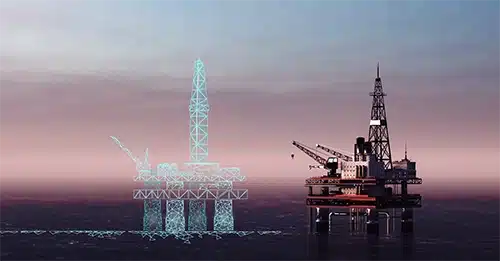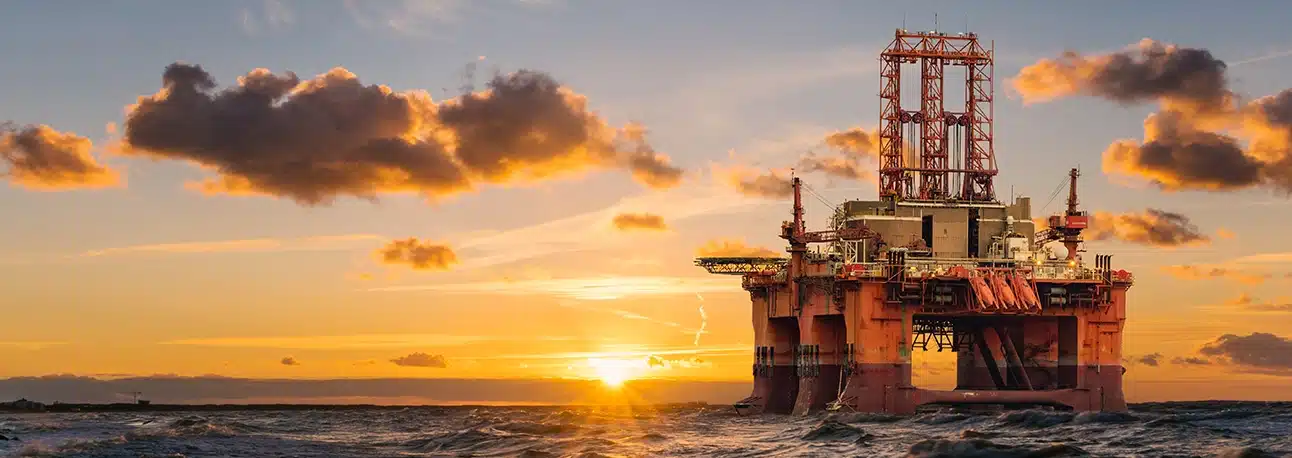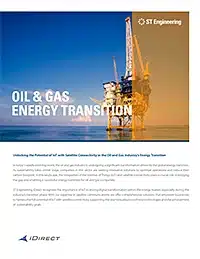Satellite has always been a mainstay of the Enterprise sector. For businesses that operate in hard-to-reach areas, with assets that are geographically dispersed to those that are located in urban centers, enterprise connectivity has always comprised a satellite element. However, these needs are evolving, and emerging use cases are making themselves known all the time. Big data and the cloud are driving enterprises to reassess how they are running their businesses. What can make them more efficient? How can they cut costs and improve productivity? How can they keep their employees happy?
Digitization has been an ongoing effort by enterprises as part of modernization efforts, creation of efficiency and the delivery of value to customers. Digitization is also a concept of transformation and disruption where the so-called “old ways of doing business” are being replaced or upgraded to modern processes in order to achieve better decision-making and encourage further innovation within the enterprise.
In this blog series, we examine three key enterprise sectors that are using satellite connectivity and satellite IoT to enable them to solve business challenges and find out how it is helping them to elevate their game in a highly competitive environment. We’ll kick off with the oil and gas sector.
Oil and Gas: The Challenge

Though the connected oilfield is far from a new concept, the industry is getting more complex, with the addition of more machinery and equipment as well as more processes that must be adhered to that enhance safety and security – two absolutely core challenges. Today, proactive asset maintenance and troubleshooting problems are much more efficient, but oil and gas companies are always looking to build on this efficiency through monitoring and control of the assets. This is an area where IoT is playing an increasing role. Automation and the ability to remotely control elements of operations also help to reduce headcount and make the oil exploration, extraction, and production business more efficient.
Additionally, and crucially, there are challenges associated with crew welfare and ensuring that the workforce, that lives on the platform for months at a time, is happy and able to make the most of their downtime by staying in touch with friends and family and gaining access to entertainment.
Cloud access is also integral to the transformation of oil and gas companies. Access to all the real-time drilling and production data makes for better and more informed decision-making back on shore and directs personnel on how best to use their resources. The aggregation of data from the wealth of sensors that are deployed as well as integrated AI assists very complex operations and ensures optimal use of equipment.
Connectivity: The Number One Consideration
The one thing that unites all of these challenges is connectivity. If you want to offer remote control, if you need crew welfare solutions, if you must bring data to or from the location of operation, you must be connected. This could be via fiber optic cables or microwave, but in most cases, this is provided through satellite, especially for those offshore platforms. Satellite connectivity offers an easy-to-deploy, secure, low-capex system with high reliability and flexibility. It also offers very high speed and low speed depending on the application that is being used.
Satellite providers also realize that the oil and gas industry works in cycles. It will go through ups and downs when sometimes it is carrying out more production than at other times. To accommodate this, service providers have become flexible with their rates and contracts so that companies are not spending money on their network when they are not actively producing. The satellite industry has also ensured that the equipment on board doesn’t need to be swapped out, so software upgrades can easily be made to existing equipment, minimizing the need for engineers to perform upgrades to equipment.
With more automation and more control also comes the need for companies to know that they can rely on their network. Developments in high and very high throughput software-defined satellites are highly reliable and allow huge flexibility. For example, in one week the network can carry SCADA data and corporate information, collect production data, link exploration teams, and troubleshoot problems with 4K video. A flexible satellite service will allow them to do all of this, no matter how high or low the bandwidth requirement.

Crew welfare is another essential consideration for oil and gas companies. During the pandemic, crew access to reliable connectivity was highlighted when so many were left stranded on-board rigs and vessels. Crew welfare networks enable workers to use a range of applications to stay in touch with loved ones as well as access to recreational services such as streaming platforms. Today, this welfare is a top priority for rig and vessel operators as there is a realization that a happy workforce is a much more productive one and highly skilled workers and experts are hard to come by, making retention even more important. High-speed connectivity that can cope with uninterrupted streaming and video calls as well as social media, internet browsing and email access is a must for employees.
A Solution for Every Aspect of the Business
For oil and gas operators, access to a flexible network that can cover every use case and that can do so across thousands of locations worldwide, is critical. It’s important that they are working with a technology partner that understands the market and how digitization can transform it. They must be able to rely on their partners to increase uptime, reduce maintenance costs as well as improve safety and security and the onboard experience of the crew. Using satellite technology, coupled with IoT and the cloud, oil and gas companies can access the most flexible, scalable, cost-effective and secure communications networks anywhere in the world. This brings benefits at every point of the operational process, whether that is upstream or downstream, even down to distribution and retail.
To find out more about the points we have discussed in this blog and how satellite connectivity and IoT services can help your business, read our latest solutions overview.

